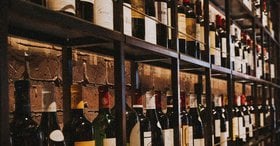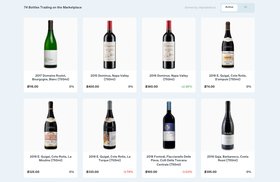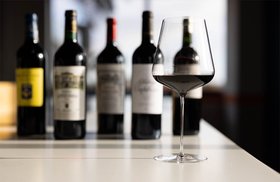Wine Provenance: What Is It & Why Is It Important To Investors?
When buying fine wine, collectors and investors look for bottles from excellent vintages, regions, and brand names.
However, if the bottle’s provenance is not guaranteed, even the most coveted wine brand labels can lose their value.
But, what is “provenance”?
Wine provenance refers to a wine's authenticity, the bottle’s origin, proof of ownership, and storage conditions.
This article will explore why provenance matters and what wine specialists look for when validating a wine's provenance.
We'll also look at how you can guarantee your wines provenance at various purchase points and how Vinovest can help you buy authentic bottles with pristine provenance.
Further reading
- Discover the Signs of a Spoiled Wine and some useful tips on storing your opened and unopened wine bottles.
- Find out how Wine Insurance helps you safeguard your wine collection against spoilage, theft, and damage.
Why Does Wine Provenance Matter?
Checking wine provenance helps with:
1. Preventing Wine Fraud
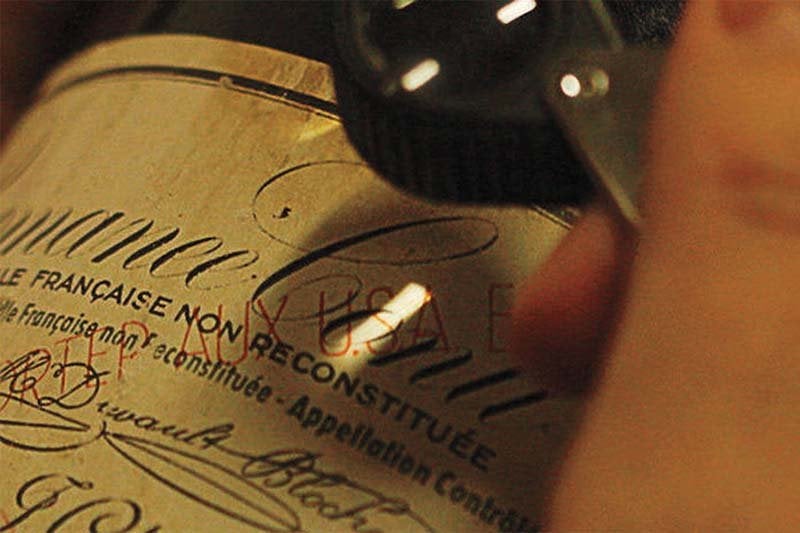
Fraudsters go to extreme lengths to create counterfeit wine, making it difficult for buyers to distinguish between a fake and an authentic wine bottle.
For example, between 2017 and 2019, Stephen Burton and James Wellesley were operating a large-scale wine fraud scheme. They pursued wine investors from the United States to invest $99.4m (according to Wine Spectator) by using bogus wines as collateral for loans. Federal prosecutors charged the fraudsters in New York in March 2022.
Luckily, wine specialists can trace the wine’s provenance using anti-fraud technology, which helps analyze the label font, artwork, and cork size. This helps them certify the origin, trail the ownership history, and verify the authenticity of every wine bottle.
2. Certifying Storage Conditions

Wine is a living entity that develops a more complex character and richer tasting notes with age.
However, if exposed to excess heat, light, vibration, or temperature fluctuations, any age-worthy wine bottle (like Chenin Blanc, Cabernet Sauvignon, or Pinot Noir) can easily lose its flavor.
So, when you buy a bottle of wine that is meant to age for several years, you have to check if it was stored in optimal conditions. Only then can you ensure steady maturation and a profitable return on investment.
Therefore, it’s important to analyze the storage conditions, the cork and label conditions, and ullage thoroughly.
Wine Provenance: What Do Wine Specialists Look For?
Wine specialists check the following four key aspects to determine a wines provenance:
1. Proof Of Ownership
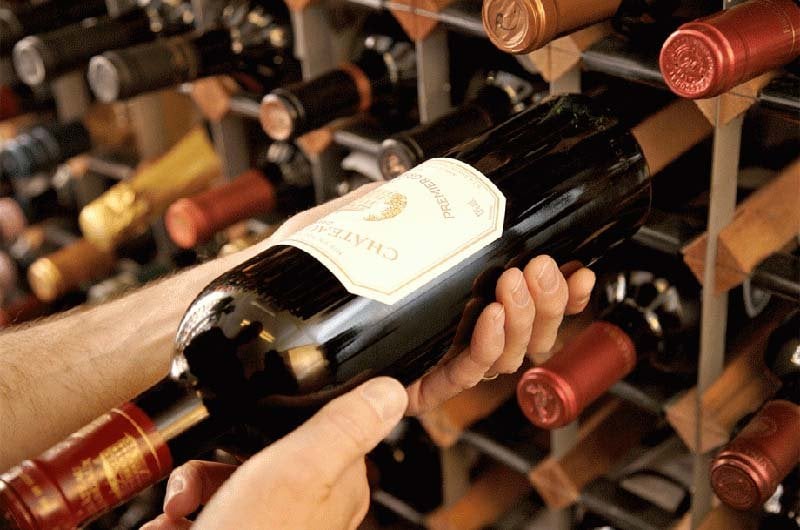
Whether you're buying wine from a wine auction, producer, retailer, or wine collector, proof of ownership is key in determining a wine's provenance. Single ownership is usually preferred since it is easier to evaluate the wine’s history and storage conditions.
However, it's alright to purchase wine on the secondary wine market as long as its origin, history of ownership, and storage conditions can be traced.
2. Cork Condition
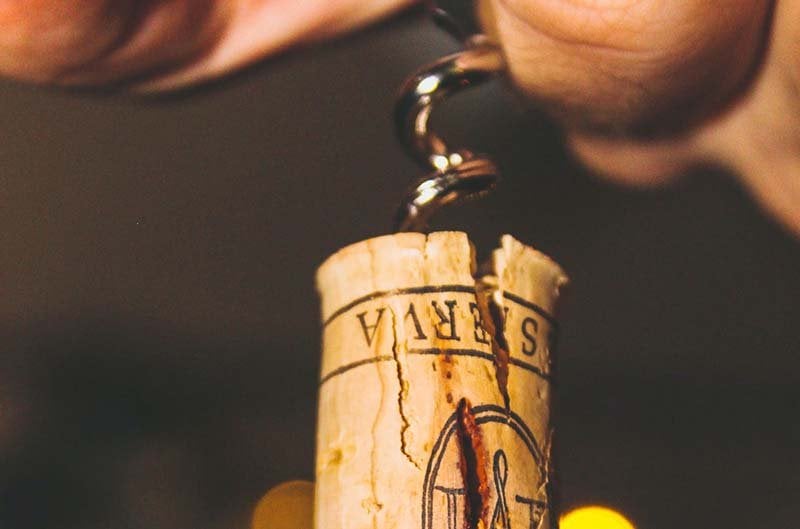
When it comes to the cork condition, there are two tell-tale signs that indicate a lack of pristine provenance:
- Moldy cork: If a wine bottle is exposed to excess humidity, the cork could get moldy, infecting the bottle with TCA (Trichloroanisole.) Indicators of an infected wine are a distinct wet dog smell, musty cardboard flavor, and visible clumps in the wine bottle.
- Dry cork: If your wine bottle is stored standing upright for too long, the cork will dry out. A dry cork will eventually develop holes, speeding up the oxidation process and causing the wine to lose its flavor.
3. Label Damage
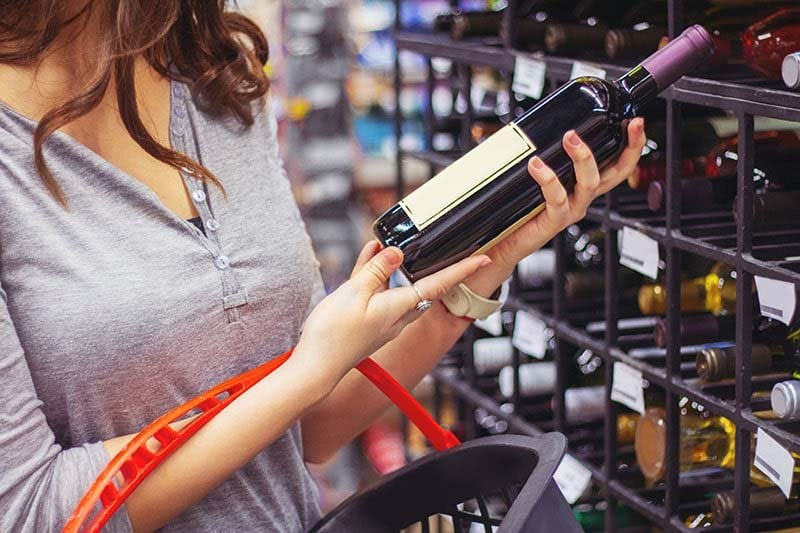
The bottle’s label might get damaged, especially if you have an older bottle collection (aged for several years or decades.) The label’s condition can affect the wine's valuation, even for high-end brand names. Such defects include:
- Stains or damage caused by seepage or condensation
- Over-faded label (a sign of over-exposure to light)
While label defects can raise concerns, wine specialists are also suspicious of older wines with brand new labels, which could signify wine fraud.
Additionally, if you’re importing wine into the United States (whether that’s a wine from New Zealand, Spain, or Italy), you need to ensure the strip labels have not been tampered with. Strip labels that are damaged or removed indicate an attempt at hiding the wine’s provenance and can decrease the bottle’s value up to 50%.
4. Signs Of Ullage Issues
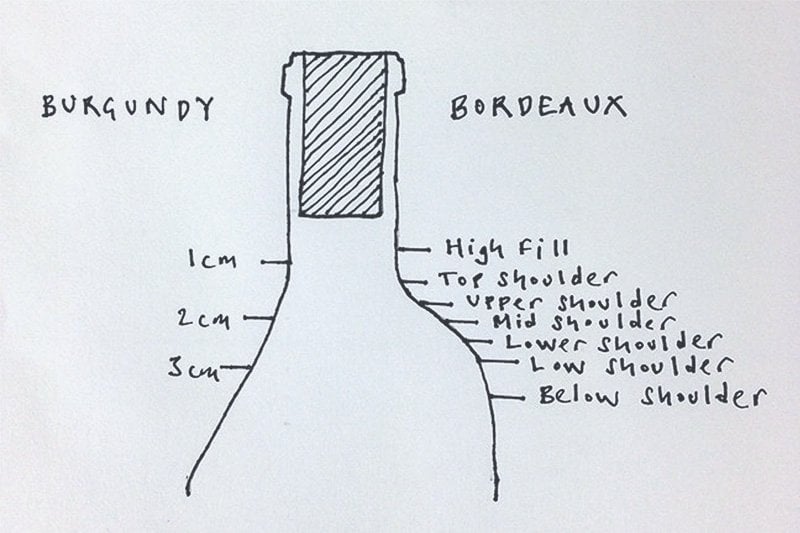
A wine’s ullage is a good indicator of a wine’s storage conditions and life span. Here are some visual clues wine specialists look out for:
- High-neck: High-neck fill levels are alright if the wine is young.
- Mid-neck: This fill level is generally a good indicator for wines up to 10 years of age.
- Top-shoulder: The top-shoulder indicates exceptional storage conditions for wines over 20 years of age.
- Mid-shoulder: This fill level is common for older wines (above 40 years of age.) But it could also signify a spoiled wine in the case of younger wines.
- Below-shoulder: At this fill level, there’s a high chance the wine is undrinkable.
Fun Fact: The term “provenance” (meaning origin) inspired the name of the Napa Valley winery Provenance Vineyards.
This legendary Napa Valley brand is revered for its high-quality Cabernet Sauvignon (revealing delicious dark cherry tasting notes) and light and aromatic Sauvignon Blanc wines. The Rutherford and Howell Mountain Cabernet Sauvignon Provenance Wines are consistently rated high by critics from Wine Enthusiast and Wine Spectator.
Allen Lombardi (who owns Thomas Allen Wine Estates and Hook Or Crook Cellars) acquired Provenance Vineyards in 2021 and plans to reopen it in 2023 under the name Bella Union.
How to Guarantee The Wine Provenance of Your Bottles?
Let’s explore the steps you can take to guarantee the provenance of your wine:
1. Purchasing Directly From A Winery
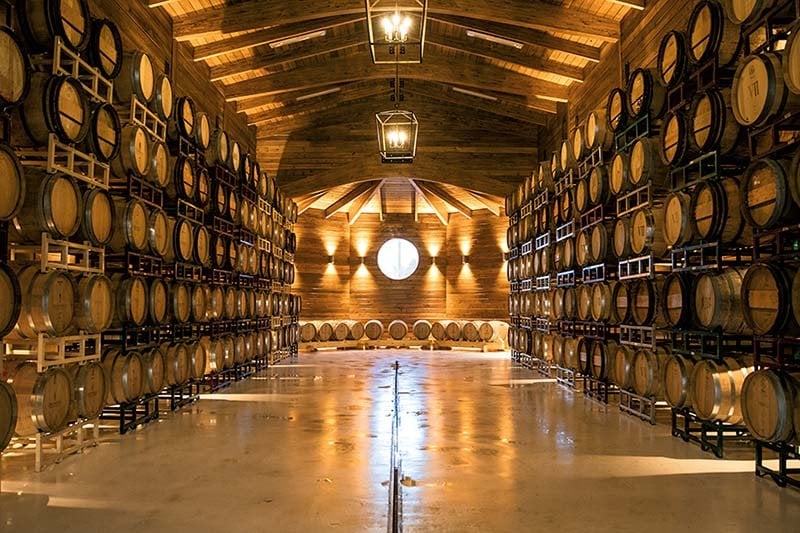
Purchasing wine at the winery level is a sure-shot way of obtaining bottles with guaranteed provenance.
Alternatively, you could also purchase from a bonded warehouse that works closely with wineries globally. This option allows you to invest in wine futures and ex-chateau wines, which offer a great financial incentive.
2. Buying From A Retailer
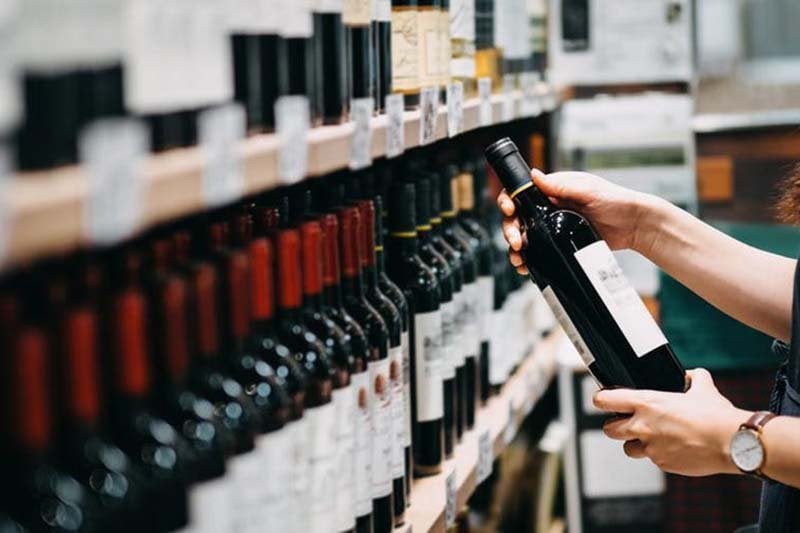
Buying directly from a winery can be quite hard - many of the wineries sell exclusively to their mailing lists or wholesalers.
In this case, you can buy from a retailer instead. However, before doing that, you should check the retailer’s company info, ensuring they have a positive reputation for selling authentic wines and combating wine fraud. You could inquire about the retailer's relationship with the winery or what distributor they use. And most importantly, check if they have proof they purchased the bottles from the winery.
3. Sourcing From Auctions

If you're looking to purchase cult wine bottles or older wines, you'll need to source them from an auction or a reputable wine collector. When purchasing an older bottle of wine from a collector, you'll need to do some extra work on validating the purchase and storage conditions.
If you feel unsure about doing this yourself, you could hire a wine expert to do this.
Or, you could try this smarter option:
Buy Authentic Wines Through Vinovest

The easiest way to build an authentic bottle collection is by entrusting a reputable wine investment company like Vinovest. Vinovest is a leading fine wine investment platform that can help you build and manage a diversified portfolio of authentic wines.
Vinovest's team of Master Sommeliersconducts thorough checks on every bottle’s provenance, ensuring you buy and sell 100% authentic wines.
Moreover, Vinovest stores your precious bottles of Pinot Noir, Sauvignon Blanc, Chenin Blanc, or any other wine at optimal conditions in their state-of-the-art bonded warehouses.
So, visit the Vinovest website, create account, and buyfine wine bottles from the best wine regions, including France, New Zealand, California, New York, and more.
Build an Authentic Wine Collection with Pristine Provenance
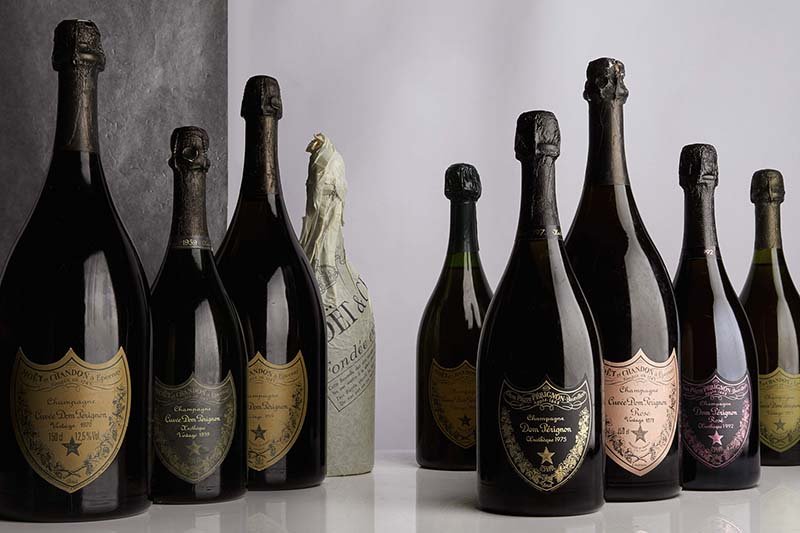
Certifying the provenance of a wine bottle is the only way to guarantee the authenticity and quality of the wine. It also helps protect retailers and buyers against the rising threat of wine fraud.
Luckily, you don't have to guarantee the provenance on your own. A wine investment company like Vinovest can easily trace the provenance of all your wine bottles for you.
So, sign up on Vinovest and start building a winning wine portfolio of authentic bottles today!

